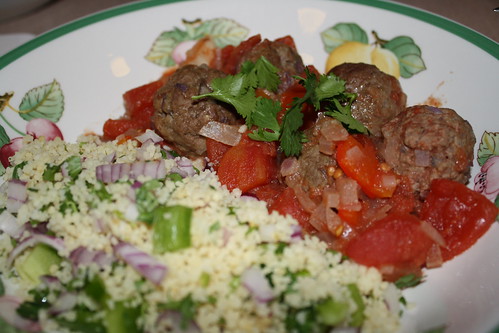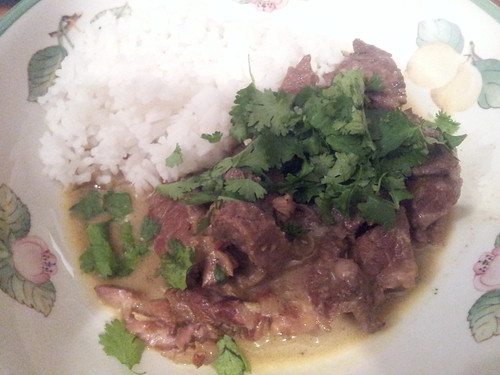Here in South Australia we’re very lucky to have our own locally produced magazine, Sumptuous, showcasing the best of SA on a seasonal basis. If you live in SA and you want to be in the know, you should be reading it.
I also now have a very vested interest in the magazine. The Autumn issue is out and not only will you be able to read my article on “The New Whites”, you’ll be able to digest my thoughts on seven SA sparklings.
While this is a food blog, you’ll know that wine is something very very close to my heart. I teach the London based Wine and Spirit Education Trust’s courses (check out Wine Academy if you’re interested in knowing more) and I write an intermittent wine blog, Cellared.
I’m an unashamed wine geek and I’m always keen to search out the new, weird and wonderful in the vinous world. I acknowledge that most people drink very much in their comfort zone and I’m almost evangelical about trying to get people to break those habits.
If you always drink NZ Sauvignon Blanc, I implore you to try one from the Adelaide Hills. If you always drink big, fruity reds, try a grape variety with which you’re familiar but from a different region.
If you’re lucky enough to live near a good bottle shop, with knowledgeable staff, tell them what you like, your budget and let them choose something for you. Over time, you’ll end up with an excellent relationship and some great wine experiences.
So – begin your journey into the incredibly diverse world of wine by picking up a copy of the current Sumptuous and finding out about just a few of the different whites produced here.
I’d also like to say a massive thank you to Sumptuous’s editor, Sky, as well as to those producers who helped me out by providing great quotes and insights for the article: Corrina Wright at Oliver’s Taranga, Bec Hardy at K1 By Geoff Hardy, Sam Scott at Scott Winemaking and Sam Wigan at Running with Bulls. You’re all stars!



